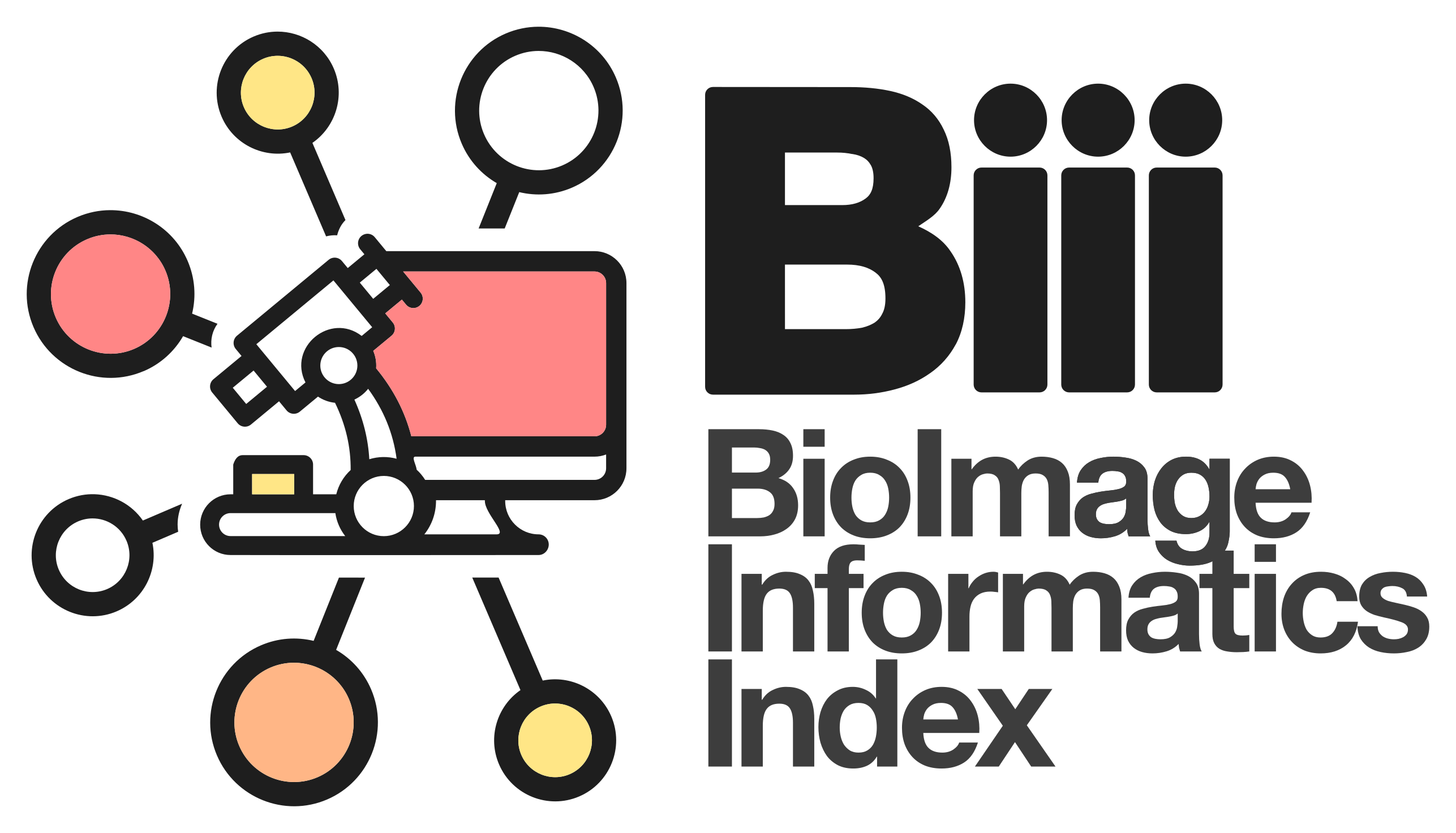Understanding the fundamental mechanisms of biofilms development and dispersal: BIAM (Biofilm Intensity and Architecture Measurement), a new tool for studying biofilms as a function of their architecture and fluorescence intensity
Confocal laser scanning microscopy (CLSM) is one of the most relevant technologies for studying biofilms in situ. Several tools have been developed to investigate and quantify the architecture of biofilms. However, an approach to quantify correctly the evolution of intensity of a fluorescent signal as a function of the structural parameters of a live biofilm is still lacking. Here we present a tool developed in the ImageJ open source software that can be used to extract both structural and fluorescence intensity from CLSM data: BIAM (Biofilm Intensity and Architecture Measurement). This is of utmost significance when studying the fundamental mechanisms of biofilm growth, differentiation and development or when aiming to understand the effect of external molecules on biofilm phenotypes. In order to provide an example of the potential of such a tool in this study we focused on biofilm dispersion. Cis-2-decenoic acid (CDA) is a molecule known to induce biofilm dispersion of multiple bacterial species. The mechanisms by which CDA induces dispersion are still poorly understood. To investigate the effects of CDA on biofilms, we used a reporter strain of Escherichia coli (E. coli) that expresses the GFPmut2 protein under control of the rrnBP1 promoter. Experiments were done in flow cells and image acquisition was made with CLSM. Analysis carried out using the new tool, BIAM, indicates that CDA affects the fluorescence intensity of the biofilm structures as well as biofilm architectures. Indeed, our results demonstrate that CDA removes more than 35 % of biofilm biovolume and suggest that it results in an increase of the biofilm's mean fluorescence intensity (MFI) by more than 26 % compared to the control biofilm in the absence of CDA.

- 122 views
